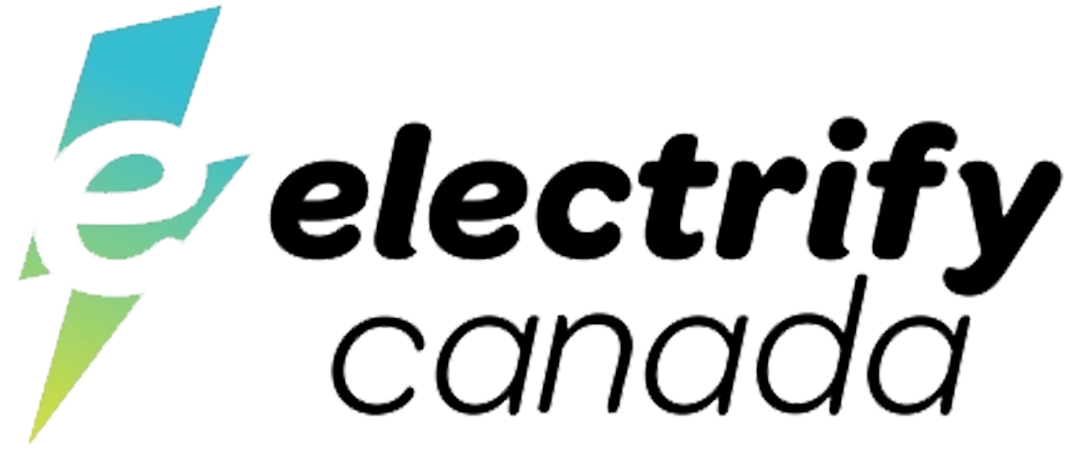Electric Vehicle Travel Companion
Welcome to the Electric Vehicle Travel Companion section of our platform! Here, we’re dedicated to making your electric vehicle (EV) journey smooth, efficient, and enjoyable. Explore the tools, resources, and information we offer to help you plan your trips and locate charging stations across Canada and the United States.
Discover Charging Solutions
There are thousands of electric charging stations and more are popping up every day. We’ve curated a list of some of the most reliable fueling stations locator and user-friendly charging tools apps available.
1. Transport Canada Fueling Stations Locator:
2. Additional Resources
Become a member, discover home products, and experience contactless in-app payment with Electrify Canada.
Plan trip, see recent activity, and select filters. View charging stations near you with ChargePoint.
Plan trip across North America, see what stations are open, and get detailed information with ChargeHub.
Colour coded legend makes it easy to view charging stations near you, plan trip, and select filters with PlugShare.
Navigate to Manufacturer Apps:
Many manufacturers offer dedicated apps, such as myAudi, Volvo Cars and myBMW, which include valuable insights and features tailored to your EV model. By using your manufacturer’s app, you can access information such as battery status, estimated range, and remote charging controls. Take advantage of the manufacturer apps available for your electric vehicle. You can access the manufacturer’s app directly on our AWIN app.
Scan the QR code to download the AWIN App.

FAQ
We’ve compiled a list of frequently asked questions to provide you with the information you need to make informed decisions and get the most out of your EV experience. Contact the manufacturer to know more about specific information related to your EV model.
How do I charge my electric vehicle?
Charging your EV is easy! You can charge at home using a standard electrical outlet or install a Level 2 charger for faster charging. Public charging stations are also available. Check the curated list of apps above, the manufacturer app or transport Canada to locate them
What’s the range of my electric vehicle?
The range of your EV depends on factors like battery capacity, driving conditions, and speed. Check your manufacturer’s app or manual for accurate range estimates.
How do I find charging stations on a road trip?
Planning a road trip? Check the curated list of apps above, the manufacturer app or transport Canada to fto locate charging stations along your route. These apps often include real-time availability and station details.
Can I charge my EV at any public charging station?
Most EVs can be charged at standard Level 2 charging stations. Some stations may require a specific charging adapter or network membership. Check the station compatibility in advance.
Can I charge at home with a standard household outlet?
Yes, but it’s worth noting that a standard household outlet is a 120-volt outlet, which means it will take longer to charge than at a charging station with a 240-volt outlet or 220-volt connection
Are there incentives for electric vehicle owners?
Yes! Check the Incentives for purchasing zero-emission vehicles on Transport Canada website
What are the different levels of charging?
You might have heard of three levels of charging electric vehicles: Level 1, Level 2 and DC fast charging. Here’s what they mean:
• Level 1 charging: This is charging that takes place on a typical electric outlet. All battery-electric vehicles and plug-in hybrid vehicles come with a cord set that allows them to charge this way. All of our plug-in hybrid vehicles come with a cord set that is compatible with a typical home outlet.
• Level 2 charging: This involves a hard-wired, wall-mounted unit or a cord set that’s compatible with 240-volt outlets. Most public charging stations offer Level 2 charging. Some are free, while others require a paid membership.
• DC Fast Charging: This is the fastest kind of charging currently available. The amount of electricity they require makes them impractical for home use.
How long does it take to charge?
It takes about 2 ½ – 3 ½ hours using a 240-volt charger for our plug-in hybrid and electric cars to go from an empty battery to a full charge. With a 120-volt charger, it takes about 4 ½ – 6 ½ hours.
And add the batter questions as we…
Does the battery have to be drained to zero periodically?
No. While many electronics benefit from an occasionally empty battery, the lithium-ion battery has no “memory effect,” meaning they never have to be drained, nor do they have to be fully-charged. The life of the battery remains unaffected.
Do I have to worry about an electric shock or fire from the battery?
No, a hybrid or electric vehicle is just as safe as a conventional vehicle. The battery pack is sealed, and high-voltage circuits are protected from casual contact and appropriately marked so you know where they’re located. All high voltage cables and circuits are also marked and are in bright orange with warning labels on them.
What do I need to know if I plan on storing my vehicle for an extended period of time?
Just as you would with a gas-powered vehicle, you’ll need to take extra steps for the both the hybrid vehicle battery and the auxiliary battery. Instructions can be found in the operator’s manual.
Disclaimer: The information provided is based on available data and resources. Please ensure to verify the accuracy and availability of charging stations and services before making any travel plans.*




